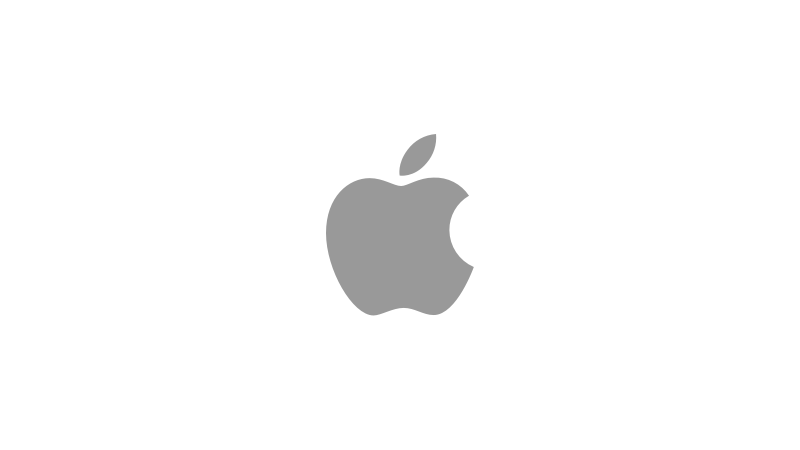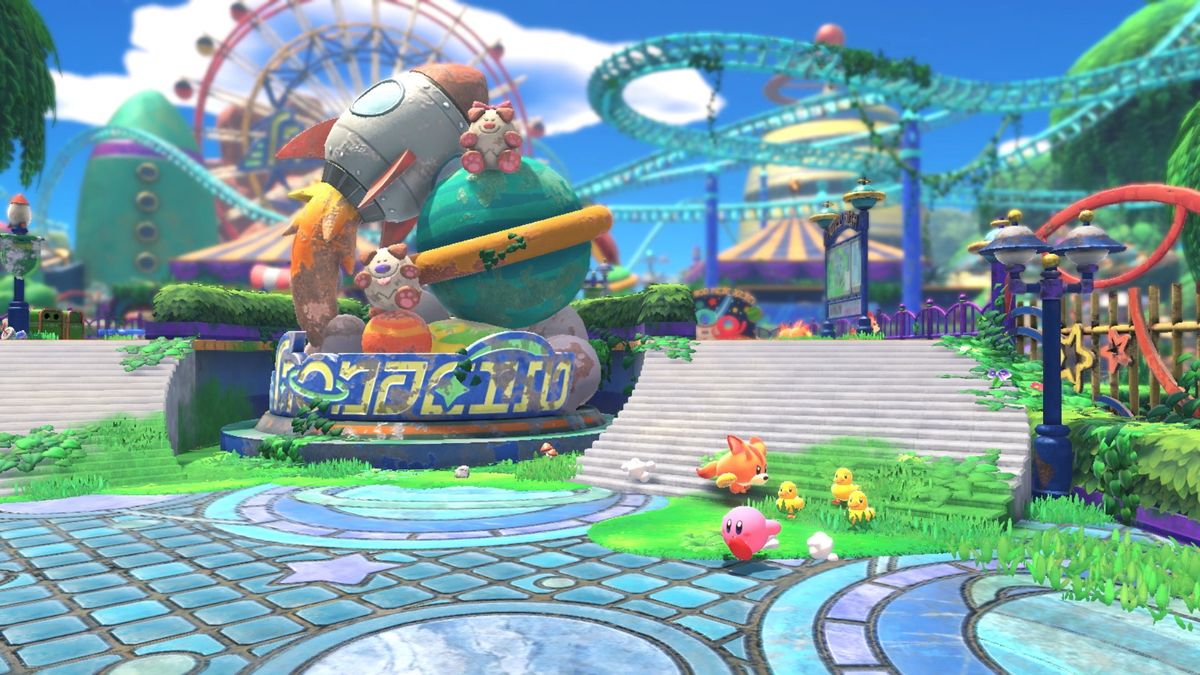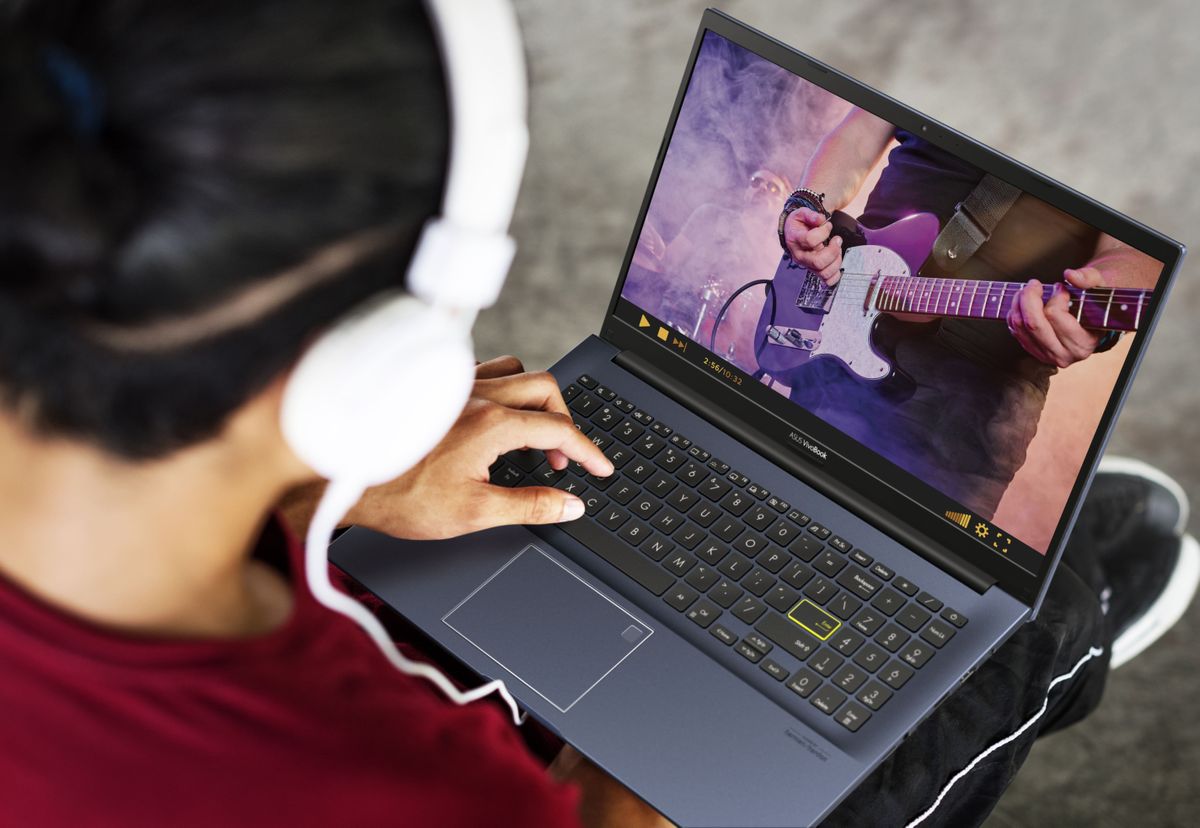We recommend every MacBook in Apple’s arsenal, however, major differences between each model mean there isn’t a one-size-fits-all option. Apple’s release of the MacBook Air and entry-level MacBook Pro with a custom ARM-based M1 chip in 2020 kicked off this change. Apple’s in-house SoC brought massive performance and battery life improvements to Apple’s least expensive laptops, pushing them ahead of their pricier MacBook Pro comrades and even some top Windows 11 rivals.
Last year Apple’s higher-end MacBook Pros got the same treatment with the 14-inch MacBook Pro and 16-inch MacBook Pro featuring M1 Pro and M1 Max chip options. Once again these laptops have received universally positive reviews with a balance of performance and battery life that is almost unmatched by any other laptop on the market.
Our MacBook Air vs MacBook Pro face-off will also help you decide which system is right for you and if you are on the fence about picking up an Apple laptop at all you might want to read our macOS Monterey preview for a look at the operating system that comes with whichever of these excellent laptops you choose.
What is the best MacBook?
Going from underpowered to one of the fastest ultrathin laptops around, the MacBook Air with M1 is the best Mac for most people. It takes a familiar design and turbocharges it with record-setting performance and all-day battery life. Along with speed and endurance boosts, the M1 chip brings iOS and iPadOS apps to Mac for the first time ever. With M1, there is little reason to look beyond the MacBook Air.
That said, if you need better-sustained performance, you might want to opt for the MacBook Pro M1 with two Thunderbolt 3 ports. Where the MacBook Air is fanless, the MacBook Pro has a traditional cooling system so you can run demanding programs for hours without worrying about overheating. Most people will be fine with the Air, but power users should consider stepping up to the Pro. Like the MacBook Air, the MacBook Pro has an incredibly fast SSD and runs on Apple’s gorgeous Big Sur OS or macOS Monterey if you want to try the latest.
Then there are the newest 14-inch and 16-inch MacBook Pros powered by the M1 Pro or M1 Max processor. These laptops walk back some of the controversial decisions Apple made with the MacBook Pro in 2016 with the return of an SD card slot, HDMI, MagSafe charging and still boasts three Thunderbolt 4 ports. The gorgeous 120Hz displays (notch aside) are the best Apple has ever offered in its laptops. Starting at $1,999 you are paying a serious premium for Apple’s top-tier laptops, but if you need all this power they are worth it.
Our advice? If you do basic productivity work even with a smattering of more taxing software, stick to the M1 Air and use the savings to upgrade your storage or RAM. Unless you need the extra screen real estate or frequently are using taxing software for creative tasks or engineering software, for example, the 14-inch and 16-inch MacBook Pros are beyond what most people need.
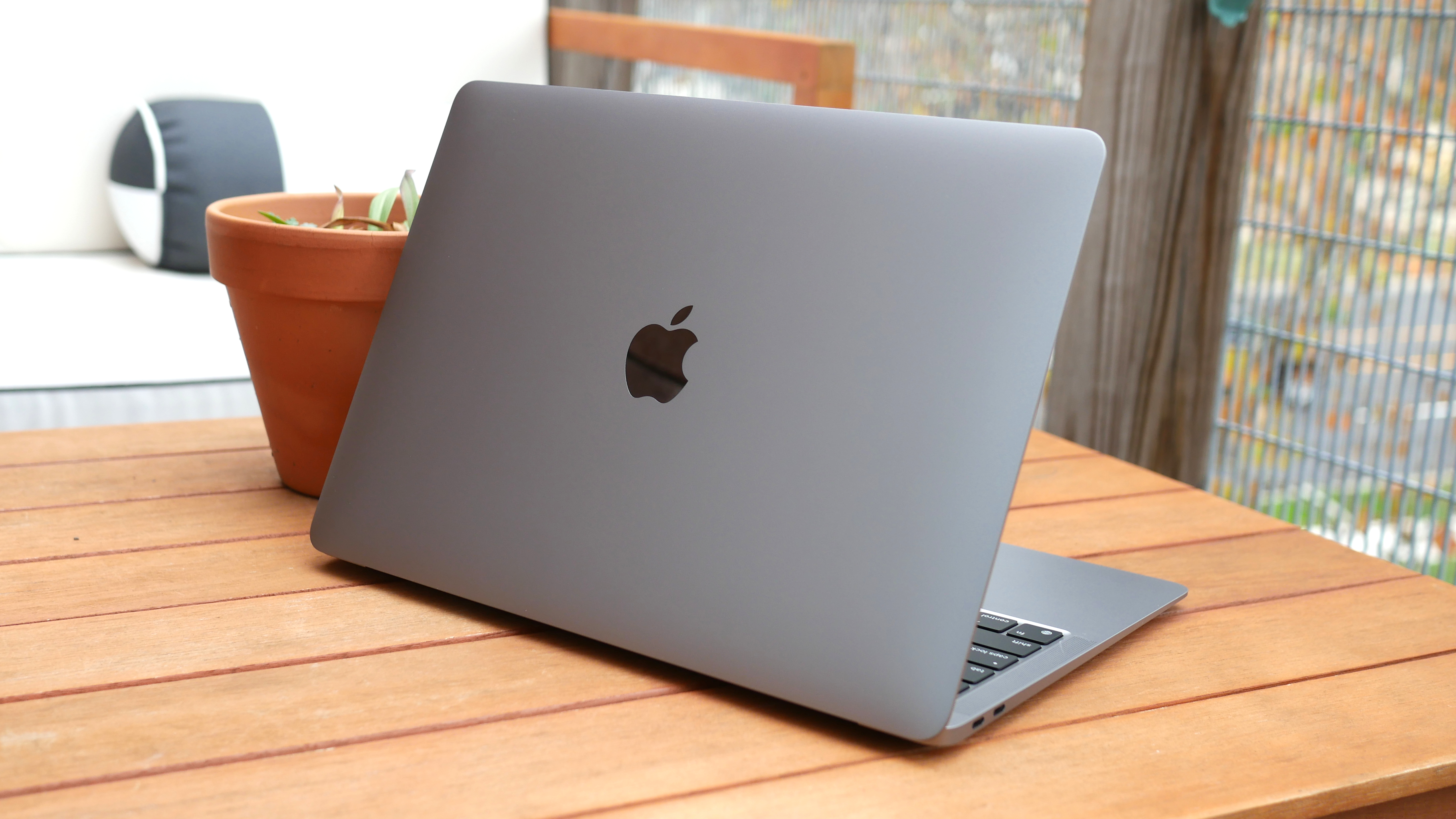
The new MacBook Air is the best MacBook for most people. This latest model demonstrates the capabilities of Apple’s M1 chip, which transforms the Air from an underpowered entry-level option to one of the fastest laptops on the market, period. It’s a complete turnaround for a laptop that was just barely getting by each year.
Best of all, the MacBook Air still costs only $999, and yet, you get unrivaled performance along with 14 hours and 41 minutes of battery life. This is a combination you’ll only find on the very best Windows 10 laptops, and even they can’t compete in head-to-head performance.
So why buy the MacBook Air instead of the Pro? While the Pro has better-sustained performance, the MacBook Air is cheaper and is pin-drop silent because it doesn’t have a fan. And, of course, Apple’s least expensive 13.3-inch model is the most portable, coming in at only 0.6 inches thick and 2.8 pounds.
But now the MacBook Air is closer to parity with the MacBook Pro than ever before. It has similar speeds and battery life, the same 720p webcam, a comfortable Magic keyboard and two USB-C ports. Also, the 13.3-inch, 2560 x 1600-pixel Retina display on the M1 model was improved with P3 color coverage, making it more vibrant than the previous panel.
See our full MacBook Air with M1 (2020) review
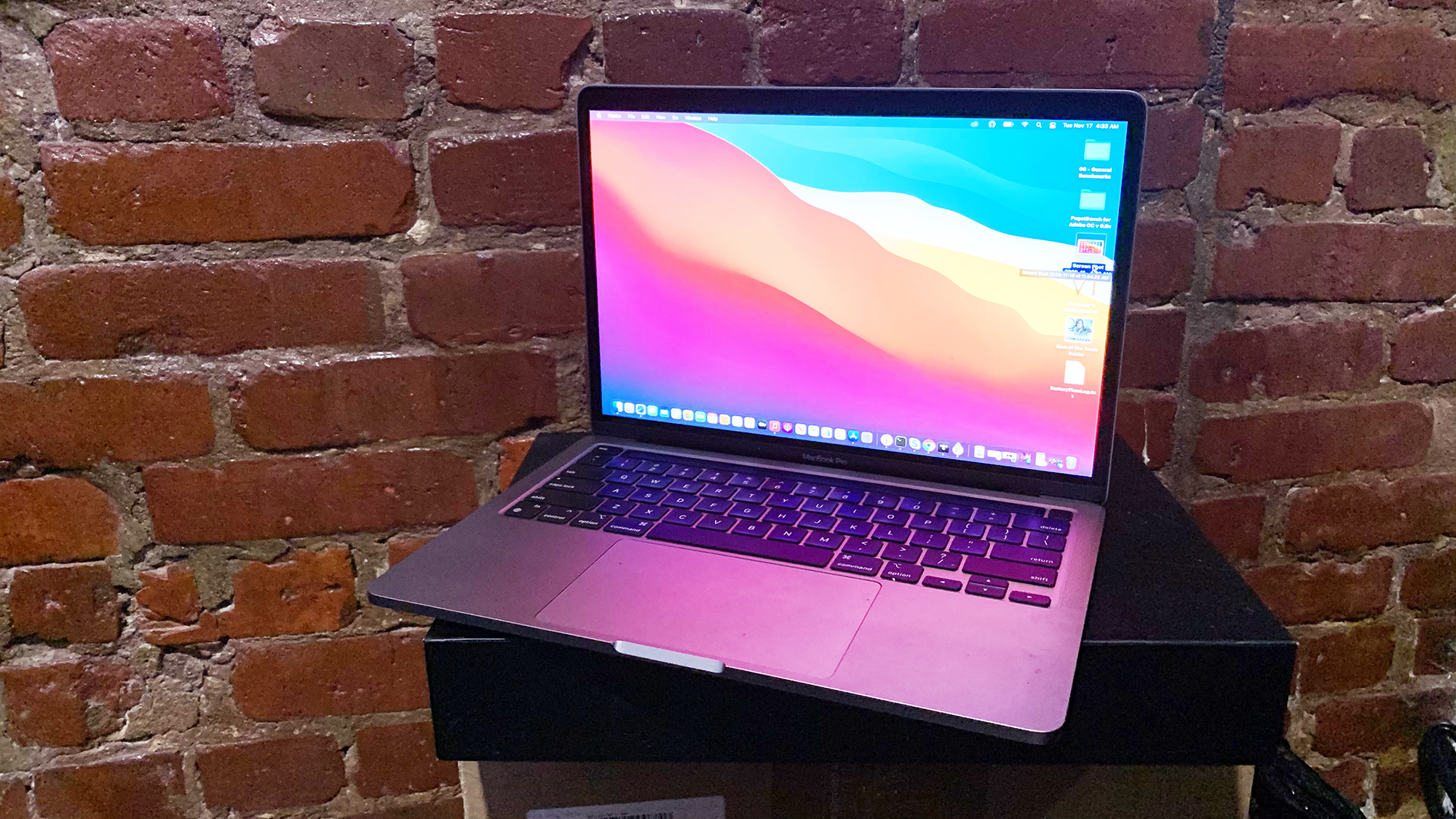
This is the huge leap forward we’ve been waiting on. It is all thanks to the new M1 chip, Apple’s first-ever custom SoC for laptops. With the best power-per-watt performance of any processor, the M1 brings the MacBook Pro’s speeds and battery life to the next level.
More specifically, the MacBook Pro is more powerful than nearly every PC on the market, including some workstations. And despite cramming so much power into such a slim and sleek chassis, the Pro lasted for an outstanding 16 hours and 32 minutes on our battery test, which simulates real-world testing.
But wait. The M1 does more than improve speeds and endurance. With an image processing unit, the webcam (sadly, still 720p) is better than before and since it runs on Apple’s ARM-based architecture, iPad and iPhone apps are now available on Mac. Yep, you can run all your favorite iOS games and apps on your laptop now.
Rounding out the numerous enhancements found in the latest MacBook Pro is Big Sur, the latest version of macOS. The largest update since OS X launched a decade ago, Big Sur is a beautiful redesign of the desktop OS.
Everything else about the MacBook Pro should feel familiar. This is the same elegant design Apple has used for years and the Magic Keyboard is a pleasure to type on (and reliable, too!).
While it earned our rare 5-star rating, the MacBook Pro has a few shortcomings. There are only two Thunderbolt 3 ports and the bezels around the display are thicker than those on competing models. You’re also stuck at 16GB of RAM, although our benchmark tests show that limitation does little to stop this performance beast.
See our full Apple MacBook Pro (13-inch, M1, 2020) review.
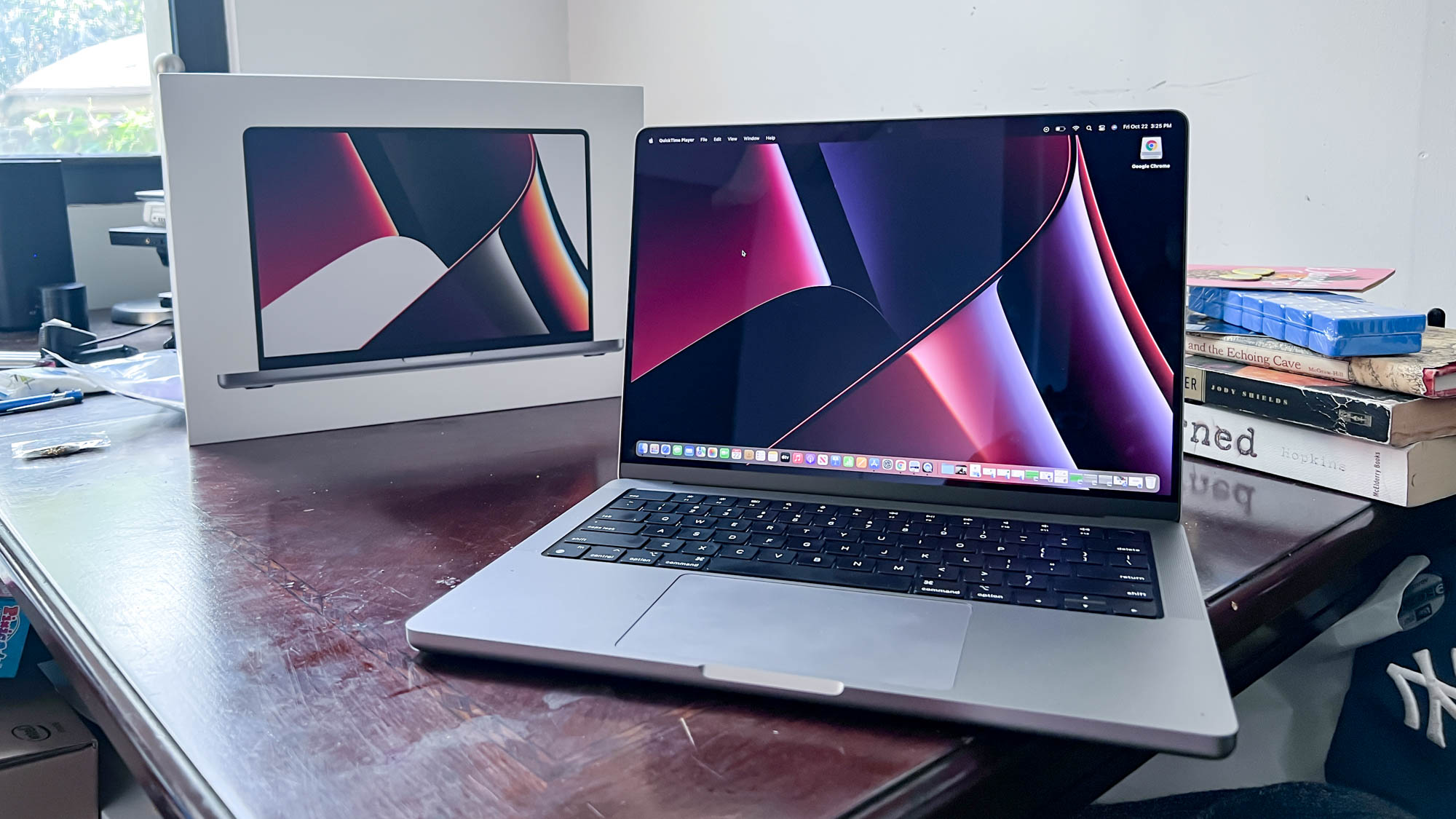
The MacBook Pro 14 combines a little bit of old with a whole lot of new for a tantalizing product that MacBook fans have been waiting years for — especially content creators and consumers. Gamers? You may want to stick to Windows for now.
The notebook’s design is lightweight and sleek with plenty of room for a full HDMI and an SDXC card reader. And the M1 Pro chip brings even more power, battling some of Intel and AMD’s heavyweights and winning handily. Plus, it’s serving up over 14 hours of battery life with a formidable quick charge, a show-stopping display, a super comfortable keyboard and an excellent audio system.
What’s the catch? As per usual with Apple it’s the price tag, $2,899 is a lot to swallow, even with trade-ins and payment plans. And that $1,999 starting price isn’t much better. It would have been nice if Apple would have offered a lower-end option, maybe one with last year’s M1 chip packed into the new hardware. But for everything the MacBook Pro 14 is bringing, it’s a worthwhile investment.
If you are willing to spend even more you can uncork the power of the M1 Max chip or opt for the larger-screened 16-inch MacBook Pro. With the exception of the display size and the battery, there is no difference in the hardware options between the two this year. If battery life is your biggest concern the 16-inch MacBook Pro with the M1 Pro will outlast anything in its class with remotely similar performance. For those that need every last bit of processing power they can get their hands on the 16-inch MacBook Pro with M1 Max is basically unbeatable right now.
See our full 14-inch MacBook Pro review
How to choose the best MacBooks for you?
We have a separate guide on how to decide which MacBook is right for you. The TL;DR version is to consider how much power you need and what you are willing to spend.
For us, the MacBook Air is an easy choice. It comes in at $999 yet sports similar performance and endurance to the MacBook Pro thanks to its M1 processor. It’s also the most portable of the bunch, and the improved 13.3-inch display is great for watching TV shows or movies.
If you want a bit more endurance and better performance over longer periods, get the 13-inch MacBook Pro with M1. It lasts for a remarkable 16 hours and 32 minutes on a charge and scored benchmark numbers that blow away the competition.
Those two options should cover at least 90% of users. However, if you need either a larger screen or vastly more power for professional apps then the 14-inch MacBook Pro and 16-inch MacBook Pro with either the M1 Pro or M1 Max chip are outstanding, if expensive, options.
How we test MacBook laptops
We put MacBooks through extensive benchmark testing — both synthetic and real-world — before they end up in the hands of our reviewers. We evaluate everything from speed and battery life to display brightness, speaker volume and system heat.
We use a Klein K10 colorimeter to detect the brightness and sRGB color gamut of a laptop’s display. For performance benchmarking, we run the laptop through a gauntlet of benchmarks, including Geekbench 4.3 and 5.0 and 3DMark professional graphics tests.
To determine real-world performance, we task the laptop to convert a 4K video to 1080p resolution and to duplicate a 4.97GB multimedia file. Our real-world graphics test is the Dirt 3 benchmark with medium settings and 1080p resolution.
We also run heat tests by playing a 15-minute full-screen video and our battery test consists of continuous web surfing over Wi-Fi at 150 nits of brightness. We consider everything over the category average (8 hours and 36 minutes) to be a good result. Of course, these tests are complemented with hands-on testing from our reviewers.

